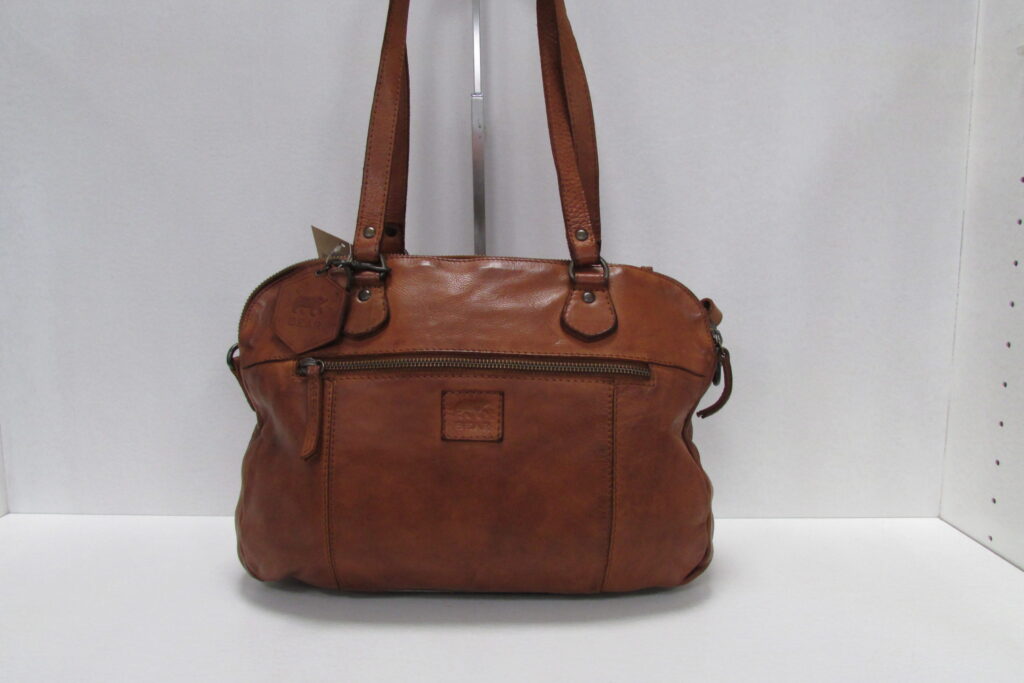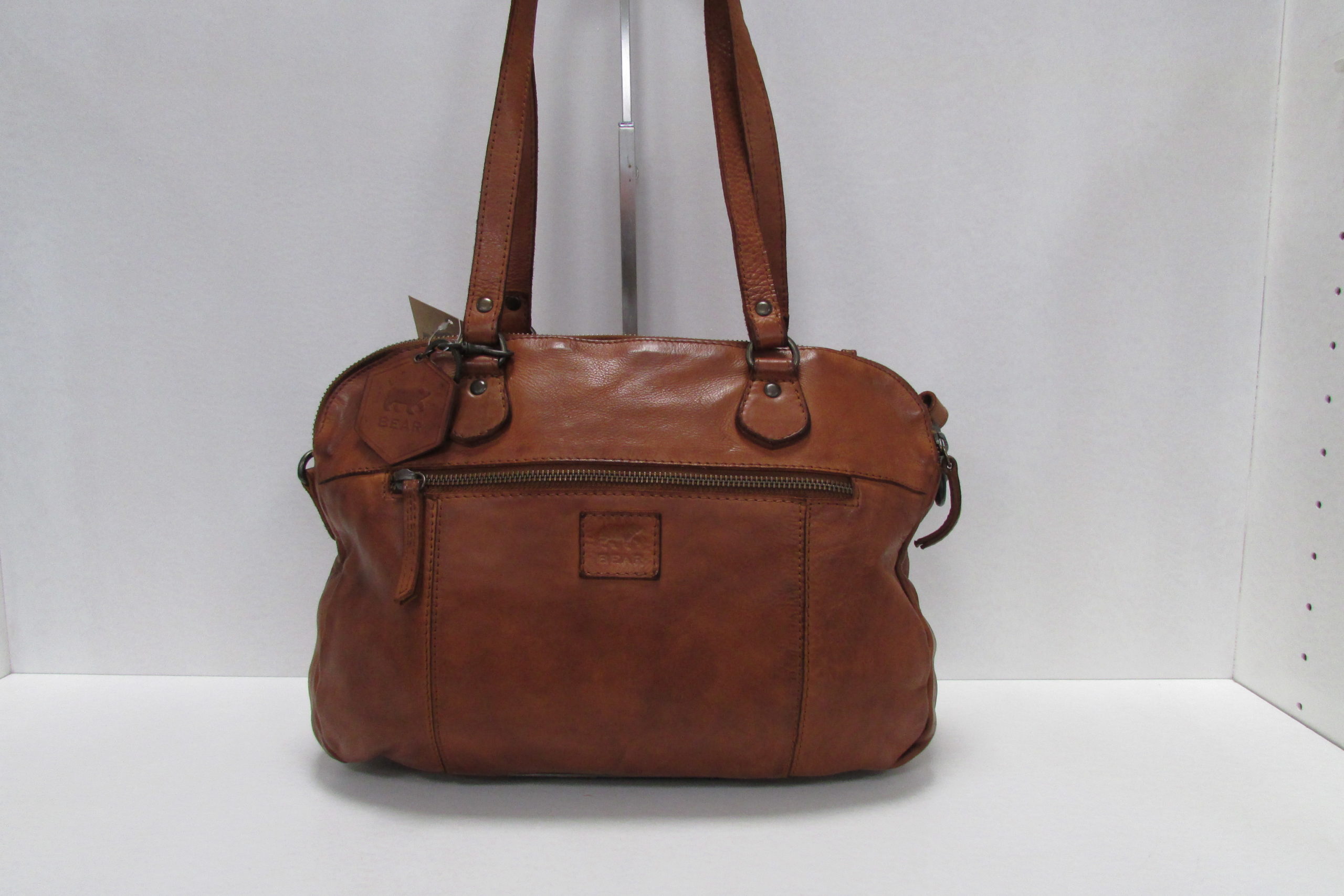
Unveiling the Art of Maroquinerie: A Comprehensive Guide to Leather Goods
The term maroquinerie, derived from the French word ‘maroquin’ (morocco leather), encompasses the art and craft of creating small leather goods. More than just accessories, these items represent a legacy of skilled craftsmanship, timeless design, and enduring quality. From wallets and handbags to belts and briefcases, maroquinerie plays a significant role in the fashion industry and everyday life. This comprehensive guide will delve into the history, techniques, materials, and future trends of this fascinating field.
A Brief History of Maroquinerie
The history of maroquinerie is intertwined with the development of leather tanning and processing techniques. Early examples of leather goods date back millennia, with evidence of leather pouches and containers found in ancient civilizations. However, the modern concept of maroquinerie as we know it emerged in Europe, particularly in France, during the Middle Ages and Renaissance. Guilds of leatherworkers, known as ‘maroquiniers,’ established strict standards for quality and craftsmanship. These guilds controlled the production and sale of leather goods, ensuring that only the finest materials and techniques were used.
The rise of the French monarchy and the burgeoning fashion industry further fueled the growth of maroquinerie. The demand for luxurious leather accessories, such as gloves, belts, and purses, increased dramatically. French artisans became renowned for their expertise in leatherworking, and Paris emerged as a center for maroquinerie production. The 18th and 19th centuries saw further advancements in leather processing and manufacturing, with the introduction of new tanning methods and machinery. This led to increased efficiency and affordability, making maroquinerie more accessible to a wider audience.
Materials Used in Maroquinerie
The quality of maroquinerie products is heavily dependent on the materials used. Leather is the primary material, and various types of leather are employed depending on the desired characteristics of the final product. Some of the most common types of leather include:
- Full-grain leather: This is the highest quality leather, made from the top layer of the hide. It retains the natural grain and markings of the animal, making each piece unique. Full-grain leather is known for its durability and ability to develop a rich patina over time.
- Top-grain leather: This leather is similar to full-grain leather but has had the top layer sanded or buffed to remove imperfections. This makes it more uniform in appearance but also slightly less durable.
- Split leather: This leather is made from the lower layers of the hide after the top-grain has been removed. It is less expensive than full-grain or top-grain leather but also less durable. Split leather is often used for suede or coated with a finish to resemble higher quality leather.
- Exotic leathers: These include leathers from animals such as crocodiles, alligators, snakes, and ostriches. Exotic leathers are highly prized for their unique textures and patterns, and they are often used in luxury maroquinerie products.
In addition to leather, other materials commonly used in maroquinerie include linings (often made of leather, fabric, or suede), hardware (such as buckles, zippers, and clasps), and threads. The quality of these materials also plays a crucial role in the overall quality and longevity of the finished product.
Techniques Employed in Maroquinerie
The creation of maroquinerie products involves a range of specialized techniques, requiring a high level of skill and precision. Some of the key techniques include:
- Cutting: Leather is carefully cut into the desired shapes and sizes using patterns and sharp knives or cutting machines.
- Skiving: This involves thinning the edges of the leather to reduce bulk and create a smoother finish.
- Stitching: Leather pieces are joined together using various stitching techniques, such as hand stitching, machine stitching, and saddle stitching. Saddle stitching is a particularly strong and durable technique that is often used in high-end maroquinerie.
- Edge finishing: The edges of the leather are treated to create a clean and polished appearance. This may involve burnishing, painting, or folding the edges.
- Hardware attachment: Buckles, zippers, clasps, and other hardware are carefully attached to the leather using rivets, screws, or stitching.
- Embossing and tooling: Leather can be decorated with embossed patterns or tooled designs using specialized tools and techniques.
The Maroquinerie Market Today
The maroquinerie market is a global industry, with major production centers in Europe, Asia, and the Americas. The market is segmented by product type (e.g., handbags, wallets, belts, briefcases), material type (e.g., leather, synthetic), and distribution channel (e.g., retail stores, online retailers). The luxury maroquinerie segment is particularly strong, driven by demand for high-quality, handcrafted products from established brands. [See also: Trends in Luxury Leather Goods]
The online retail channel has become increasingly important for maroquinerie sales, providing consumers with access to a wider selection of products and brands. Social media and influencer marketing also play a significant role in driving demand for maroquinerie products, particularly among younger consumers. The maroquinerie industry is also facing increasing pressure to adopt more sustainable and ethical practices. Consumers are becoming more aware of the environmental and social impacts of leather production, and they are demanding more transparency and accountability from brands.
Future Trends in Maroquinerie
The maroquinerie industry is constantly evolving to meet changing consumer demands and technological advancements. Some of the key trends shaping the future of maroquinerie include:
- Sustainability: The use of sustainable and ethically sourced materials is becoming increasingly important. This includes using vegetable-tanned leather, recycled leather, and alternative materials such as plant-based leather.
- Customization: Consumers are increasingly seeking personalized and customized maroquinerie products. Brands are responding by offering options for monogramming, bespoke designs, and made-to-order items.
- Technology: Technology is being integrated into maroquinerie products in various ways, such as smart wallets with RFID blocking, bags with built-in charging ports, and tracking devices.
- Innovation in design: Designers are experimenting with new shapes, materials, and techniques to create innovative and eye-catching maroquinerie products. This includes incorporating elements of art, architecture, and technology into the design process.
- Focus on craftsmanship: Despite the rise of mass production, there is a renewed appreciation for handcrafted maroquinerie. Consumers are willing to pay a premium for products that are made with skill and attention to detail.
Caring for Your Maroquinerie
Proper care is essential to prolong the life of your maroquinerie products. Here are some tips for caring for different types of leather:
- Full-grain leather: Clean regularly with a soft cloth and leather conditioner. Avoid exposing to excessive moisture or sunlight.
- Top-grain leather: Clean with a mild soap and water solution. Use a leather conditioner to maintain its suppleness.
- Suede: Brush regularly with a suede brush to remove dirt and dust. Use a suede protector spray to prevent stains.
- Exotic leathers: Consult a professional leather cleaner for specialized care instructions.
In conclusion, maroquinerie represents a rich tradition of craftsmanship and design. From its humble beginnings to its current status as a global industry, maroquinerie continues to evolve and adapt to meet the needs of consumers. By understanding the history, materials, techniques, and future trends of maroquinerie, you can appreciate the artistry and value of these timeless leather goods.

